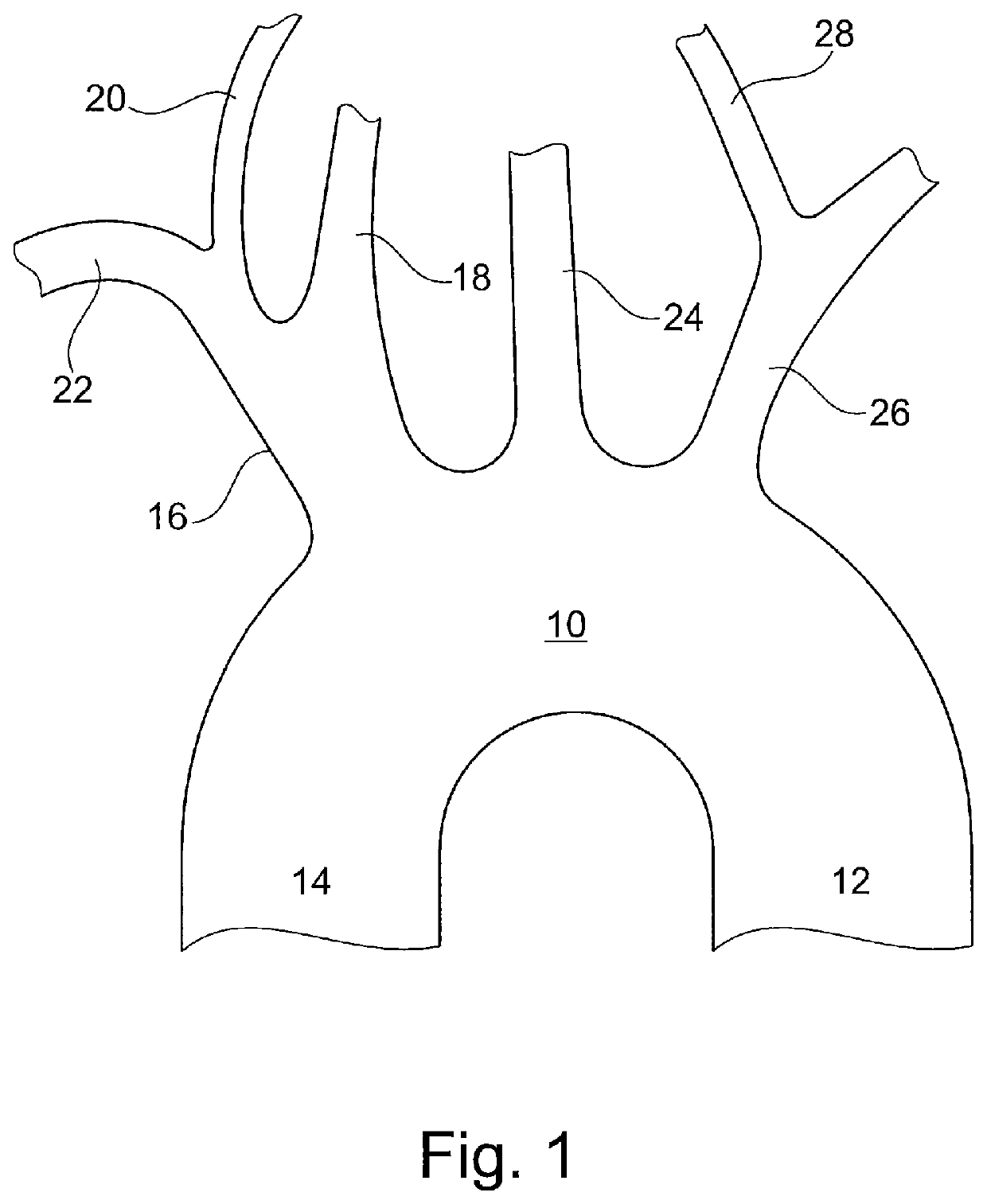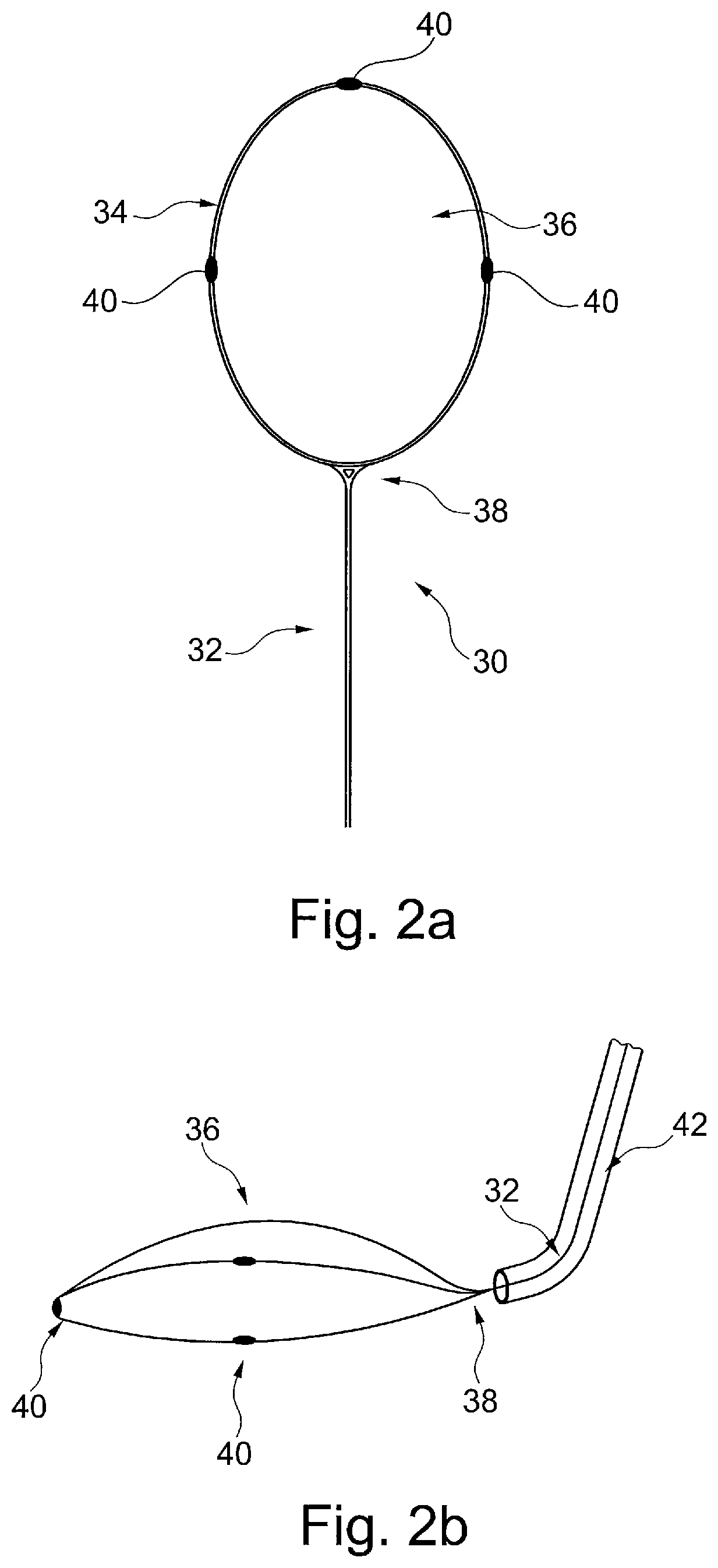These diseases are a major cause of morbidity and mortality in the United States, Europe and throughout the world.
Periprocedural stroke constitute the most debilitating complication from the patient's perspective, associated with a high rate of morbidity and mortality.
During the performance of any endovascular or surgical procedure involving the passage of catheters across the aortic arch, air embolism, thrombus formation in the catheter or on its surface, or the dislodgement of plaque or other material by surgical or catheter manipulations can occur, and this debris can embolize into the carotid vessels resulting in neuropsychological deficits, stroke, or even death.
The main problems described with intravascular filtering devices include the placement of the filter in some segments within the carotid arteries with atherosclerotic plaques, the difficulty in its placement and retrieval, mainly during the recapture of the filter to withdraw the emboli from the body that can be difficult depending upon the volume of entrapped emboli, and the reduced perfusion through the filter due to the captured emboli, with the possibility of complete filling of the filter, obstructing the cerebral circulation during the procedure.
These procedures simultaneously place both carotid arteries at risk for emboli.
The chance of causing a stroke by selectively cannulating both carotid arteries, navigating a catheter within the artery and placement of a protective device is high, and the time and skill necessary to be exercised has also contributed to the lack of general application and use, despite of the high stroke risk during cardiac and aortic arch procedures.
Although this device is compatible with a low profile access port, its use is limited due to the fact that most of patients selected for transcatheter valve procedures are of advanced age and the incidence of severe tortuosity and calcification of the right subclavian artery is very high in these patients, preventing proper navigation and delivery of the device in the artery at the desired position.
Although this device is compatible with variable arch anatomies and it does not use a filter recovery step, it has certain disadvantages such as the need of a 7 French access port which is too large for being used by the radial artery in the majority of patients.
Furthermore, both devices exhibit the same and more important disadvantage: the need to selectively cannulate both carotid arteries with a guide wire extending between the brachiocephalic artery to the right and left carotid arteries, crossing the aortic arch, bringing unavoidably intravascular handling.
The use of a guide wire arranged extending between the aortic arch and the brachiocephalic artery leads to unfavorable intravascular handling.
Thus a risk for iatrogenic caused embolization to the right carotid artery or damage to the vessel wall is present.
Furthermore, there is no fixing mechanism or support mechanism that holds the device in place during the procedure, so that with the constant aortic blood flow and the passage of catheters through the aortic arch, the device can be hooked or displaced.
Potential problems of this device include the necessity to use a big size access port and introductory sheath, making its use nearly impossible percutaneously through the radial artery.
Moreover, as its design includes the pass of blood flow only through the perfusion lumen; this could be substantially hindered through the aortic arch, thus causing possible periods of cerebral hypoperfusion during the procedure.
The most important drawbacks of this device are that using a big size access port and introductory sheath, restricts its use strictly to the femoral approach, which in turn is occupied by the large catheters of the endovascular procedures, increasing the risk of vascular complications at the femoral access site.
Moreover, the device may be difficult to extract from the aortic arch, as a stent like design is devised for permanent implantation and removing a stent may harm the implantation site.
Limitations of this device include its applicability mostly to open heart surgery and in some cases of cardiac procedures by direct aortic approach, excluding its use in the vast majority of endovascular procedures requiring cerebral embolic protection.
Also, it's not easy to use, the device most be secured to the lumen of the aorta through some mechanism including sutures, surgical clips, hooks, adhesive materials, substantially rigid sleeves, or frictional engagement, making difficult to accomplish by transvascular access.
Because the device completely spans the aorta, the passage of catheters and wires coming from others vascular accesses through the aortic arch is not possible.
Therefore, the device can damage the vessel walls or can get hooked with catheters or wires during its passage into the aortic arch.
Also, the device has a stabilizer into the brachiocephalic trunk that can damage the vessel wall.
Moreover, due to its design and the need of 9 French sheaths, its introduction by the radial artery and the passage of catheters and wires coming from other arterial vascular accesses besides the femoral artery is not possible.
The known device leaves a space between the mesh, the ostia of the side branch vessels and the lateral walls of the aortic arch, causing incomplete sealing and protection of the ostia of the side branch vessels, and allowing the passage of microembolic particles to the brain.
Furthermore, the supporting member can damage the aortic arch wall during deployment and positioning of the protective device, or by an unintentional movement or shove by the catheters passing through the aortic arch during the procedure.
Also, the device will have to be very large in order to cover the ostia of the three side branch vessels of the aortic arch, making it voluminous, not easy to handle within the aortic arch, and unlikely to have a low profile in order to use the radial artery as vascular access route.
Therefore, existing cerebral embolic protection devices have deficiencies, including: difficult to handle and to position in a vessel or two vessels, they may cause damage to the arterial walls and potentially cause an embolic event themselves, they may cause damage to the walls of the ascending aorta, descending aorta and aortic arch, which may lead to serious consequences, visualization of the protective device may impair visualization of other components used during concurrent interventional procedures.
 Login to View More
Login to View More  Login to View More
Login to View More 


